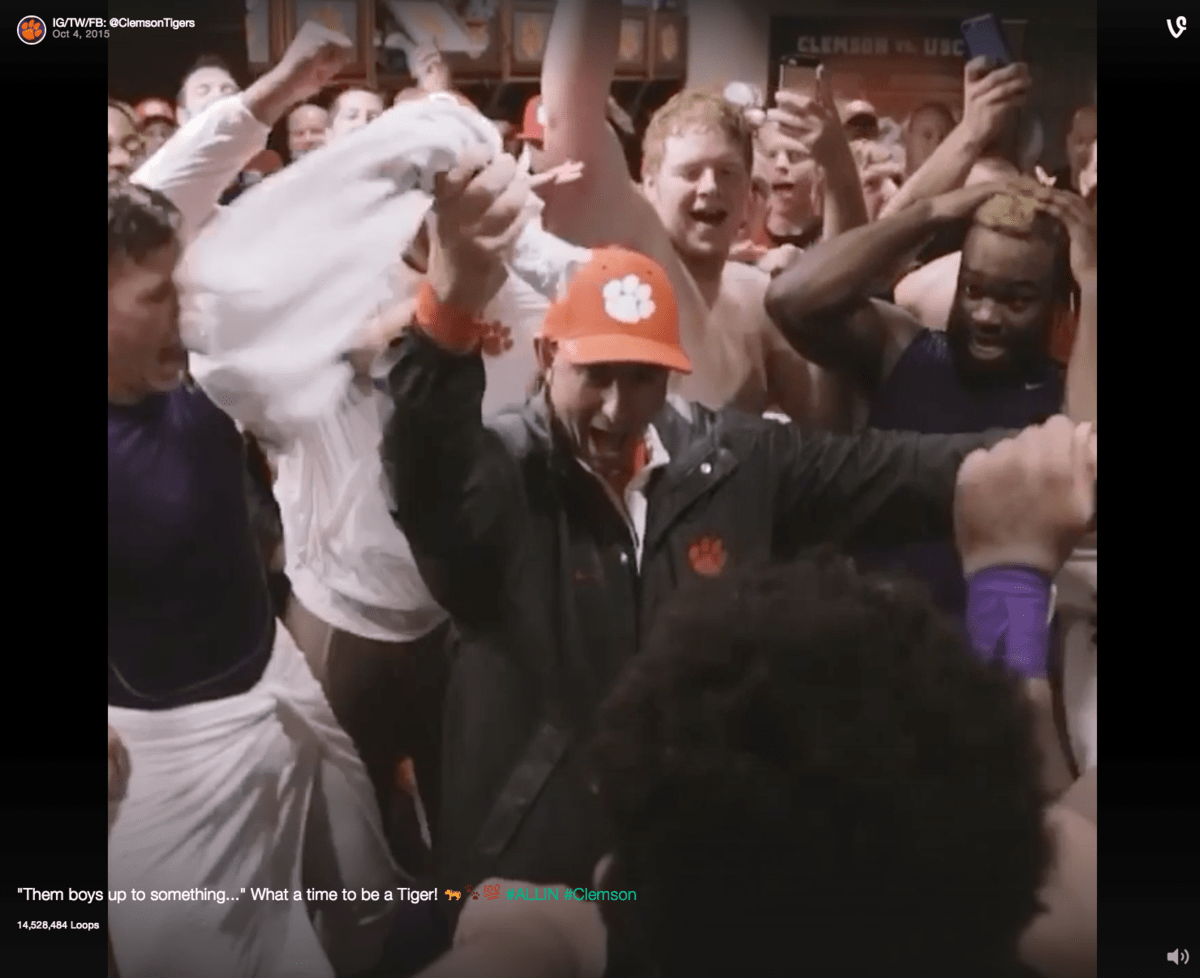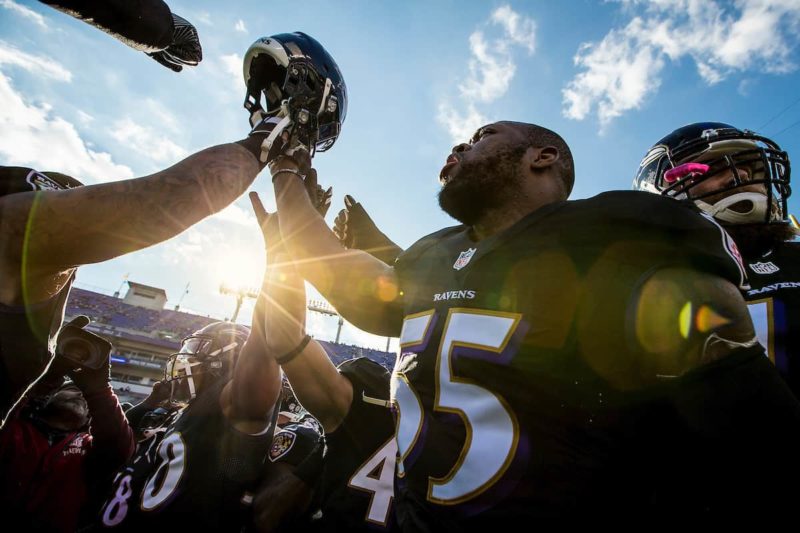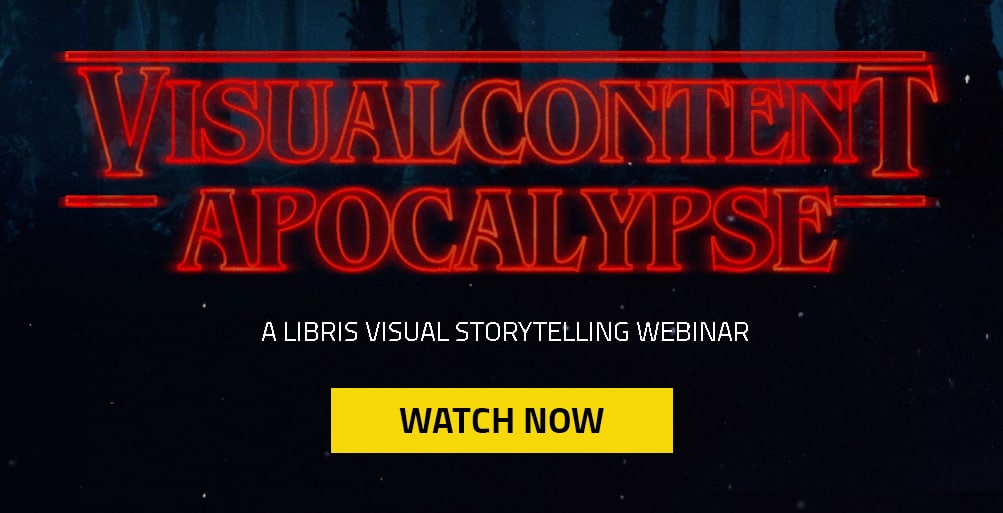If you work for a pro sports team, a college athletics department or a brand, you are competing for your fans’ attention. You have to be innovative to stand out and build a stronger relationship with your fans. What are the best ways to engage your fans, whether they’re cheering for your team in the stadium or following along on their phones at home?
Front-office digital, marketing and communications teams gathered at the Sports Fan Engagement Conference (SFEC) ’17 in Atlanta to share ideas and best practices for engaging fans. Speakers from some of the best teams in the industry shared their secrets, covering everything from how to create memorable experiences for your fans in the ballpark to how to revamp your visual storytelling strategy.
And we’ve got good news – we took notes. Check out these 9 tips for fan engagement from some of the most cutting-edge programs in sports!
9 Innovative Sports Fan Engagement Tips from the Pros
1. “Good content is good content.”
Vikings Scott Kegley, Executive Director of Digital Media and Innovation for the Minnesota Vikings, says his best tip for teams is, “Good content is good content. Whether you’re doing a 6 second video or a 30 minute feature length show, whether it’s a live stream on Facebook or Periscope – if you treat all content like it’s going on ESPN’s 30 for 30, that’s gonna do you a lot of good in the long run.”
The clips are engaging and creative – and not necessarily what you’d expect to see from a football team. Kegley works with animators, watercolor artists and more to create content that will catch fans’ attention. He says getting creative with projects like the Vikings Instagram Group (a group of photographers across the country who take photos of a Vikings helmet in their home cities when the Vikings visit for a game) has opened the door to working with artists who are creative in ways that he and his team aren’t. Get the inside scoop:
2. If you want your fans to interact with your brand on social media while they’re at the game, make sure they can.
The Atlanta Braves are opening a brand new ballpark, surrounded by a mixed use development with a hotel, a music venue, restaurants, retail shops and apartments. By investing in the area just outside Suntrust Park’s doors, the Braves can expand fan engagement beyond what happens in the venue.
The new campus came with a large deal with Comcast to ensure everyone has lightning fast internet access. Why? Derek Schiller, President of Business for the Braves, points to the intersection of technology and customer service.
Think about it: if you want fans to interact with your brand and share their experience with their friends on social media while they’re at the game, you need to make sure they can actually use their devices in your venue.
3. “Above all, create memories.”
“Above all, create memories,” Brad Meriwether, Director of Consumer Marketing for the Braves told the crowd at SFEC. “We create environments for our fans to share, and if it’s memorable, it’s shareable.”
As part of the team’s farewell to Turner Field, the Braves invited fans to take selfies on the field with the players. Not only was it a once in a lifetime moment for fans, it was inherently shareable. Every fan on the field was armed with a camera, ready to share their big moment with all their friends.
@Braves Thank you! Best promotion ever at TF. Favorite #selfie @Enderdavid18. Love his spirit and heart on the field. #lovesthegame #chopon pic.twitter.com/JlCp0fIUNQ
— Christy ⚾️☀️ (@Braves_Yogini) September 29, 2016
Check out our Union Square experiential marketing series to get ideas for how your brand can create picture perfect moments.
4. Establish a strong voice and narrative.
The Chicago Cubs are no longer loveable losers – but that storyline had started to fade long before they clinched their first title since 1908 in Game 7 of the 2016 World Series.
Cubs Director of Marketing & Fan Insights Kelly Linstroth says under the ownership of the Ricketts family, the team has been sharing a new narrative: “the Cubs are on the greatest journey in all of sports.” The team used an established voice across channels, and paid close attention to the words they used to describe that journey.
“We’ve built our team to help us tell our story the way other industries do,” she said at the Sports Fan Engagement Conference.
5. “Take campus to the recruit.”
“Take campus to the recruit,” is the mandate Director of New and Creative Media Jonathan Gantt and his team got from their leadership at Clemson Athletics.
“The driving force of our social channels is to answer the question, what is it like to be a Clemson Tiger? We’re constantly trying to create content to answer that question,” Gantt explained.

Most of the time, Gantt and his team tackle their task with visual storytelling, using everything from GIFs to videos to Snaps shot with a pair of Spectacles. They are constantly trying to figure out new ways to capture and create content that’s compelling and easy to consume.
His best tip for doing that? Get to the point.
Whether you work for a college sports team, a pro sports team or a brand, take notes on Clemson’s social media strategy. Give your audience exactly what they want, in the format they want to consume.
6. Capitalize on your big moment.
When new head coach Kirby Smart told Georgia football fans he wanted to pack 93,000 people into Sanford Stadium for the team’s spring game, he challenged not only the fans, but also the communications team. According to Jen Galas, Associate Director of Digital Services for Social Media at the University of Georgia, that number was unheard of for a spring game.
But with a perfectly executed campaign centered around the hashtag #93KDay (and a little luck from the weather), the team surprised themselves by hitting Smart’s ambitious goal. When the big moment came, they were ready to capture it from every angle.
First, they captured and shared this quick video of the crowd erupting to Smart’s line, “It’s good to be home,” (Smart played for the Bulldogs as an undergrad). The video got thousands of reactions and shares on Facebook. Then, they made sure to capture every moment of the day – a unique occasion when the Sanford Stadium was filled with Georgia’s signature red – through high resolution photos and videos. When the new season started, they rolled out a hype video full of footage from the spring game to ring in a new era of Georgia football.
7. Create emotional connections with your fans.
Social Media Manager Vince Pannozzo says the Miami Dolphins revamped their content strategy with one goal in mind: “Tell the Dolphins story through emotional connections.”
“The first thing that we did was to look at our photography,” Pannozzo told the crowd at SFEC. He showed examples of the past and present, comparing forgettable practice photos with shots that told a story.
Next, the team looked at video.
“We go social first on any type of content that we create, especially video,” explained Vince, noting that social media is the best way to meet the brand’s goals of creating new fans, engaging new fans, creating sponsorable franchises and generating leads.
“Instead of buying TV and radio ads, we bought music rights to help us better tell our story,” Pannozzo said. “Part of it was just focusing on particular moments and using songs that wouldn’t normally be associated with football.”
Fueled by cafecito ☕️#FinsUp x #FeelTheOrgullo pic.twitter.com/KL8VgTFe12
— Miami Dolphins (@MiamiDolphins) September 17, 2020
8. Strong distribution is just as important as strong content.
“Content is king, but without distribution you’re the king of nothing. You’re the king of an empty empire,” Jodain Massad, Executive Producer for Notre Dame Athletics told the crowd at SFEC.
He explained the key to strong distribution is to be “platform agnostic” – don’t start with the platform you want to use to tell the story, start with how you want your fans to feel when they see that story. Then think about how you can tell that story on each platform.
To illustrate his point, Massad used the example of this incredible video:
WATCH:An unreal moment between two brothers.
Matt Farrell thought his brother was coming home from Afghanistan in February… he was wrong. pic.twitter.com/kp8GVik7Si
— Notre Dame MBB (@NDmbb) December 20, 2016
At halftime of a Notre Dame basketball game, the fans in the arena were told that player Matt Farrell was going to get a special surprise from his brother in Afghanistan after the game. By telling them a secret the athlete didn’t know, they built suspense and created a moment of dramatic irony. The fans felt a sense of inclusion and buy in. In the second half, every time Farrell made a free throw, the crowd went wild.
Then, as Farrell – and the crowd – realized this surprise was not just a video and his brother walked into the gym, the crowd roared.
The Notre Dame team captured the moment from every angle with six different cameras. They edited it in less than an hour so they could share the story on social media as quickly as all of the journalists and fans in the building.
“We realized that if we had missed the boat on that 40 minute window, we probably would have missed that fever pitch,” said Massad.
The video went viral on social, and was picked up by countless regional and network news outlets, including Bleacher Report, the Today Show and Fox Sports. Massad says it was critical to make sure the media had the assets to tell the story, because sharing Notre Dame’s content on other channels has an even bigger impact than sharing it on their own channels.
The video is now the team’s most popular video (followed by a behind the scenes video about how they made it). Massad says it all comes down to starting with an incredible moment that would resonate with fans, then building a strategy to tell that story.
“It was realizing that these great moments need great content, and they need great preparation,” he explained.
9. Be prepared to go all the way.
When the Ravens went to New Orleans for Super Bowl XLVII, Digital Media Coordinator Erin Herbert tried to be prepared by putting photos on a portable hard drive. But when she started getting image requests from media and partners, she realized she didn’t have everything she needed and they missed opportunities to tell their story.
As she explained to the crowd at SFEC, moving the team’s archive to a cloud-based visual media library not only helped the team feel prepared for away games (and potentially another Super Bowl), but also helped streamline the Ravens’ entire visual storytelling strategy.
Now, the Ravens have revamped their website and interactive content with a focus on visual storytelling. Erin and her team have streamlined their in-game image sharing workflow, and created an easy, fast system for sourcing images. With this new strategy, the Ravens have improved the way they engage their fans. Sign up for a webinar version of Erin’s talk to learn more about how the Ravens power visual storytelling and ask Erin your own questions!
Cover photo by Shawn Hubbard, courtesy of the Baltimore Ravens.
Up Next: Head over to our Social Pro hub!






